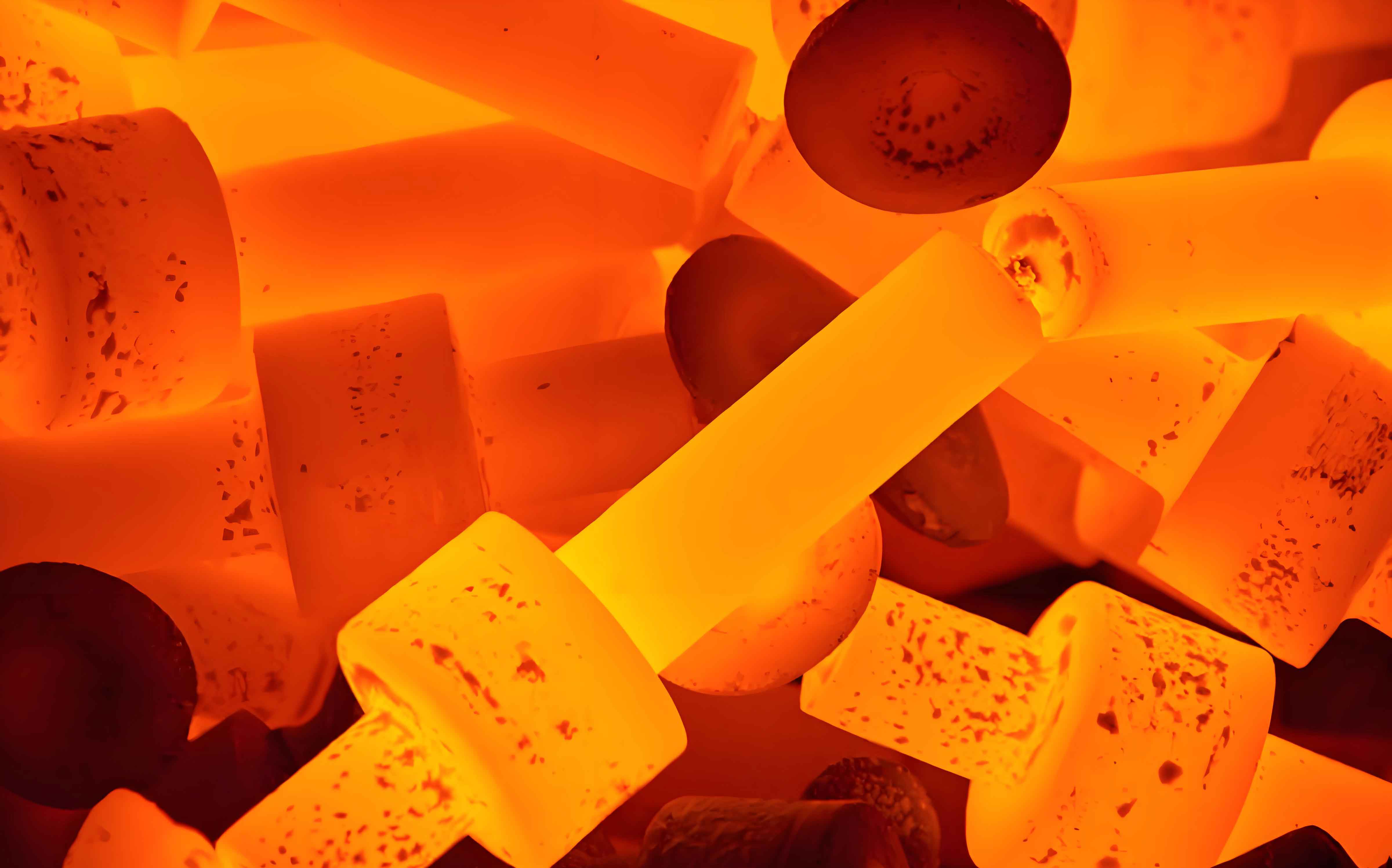As marine engines evolve toward larger dimensions, demand intensifies for high-performance castings with substantial diameters and weights. Our foundry specializes in manufacturing premium engine blocks, where recent production of high-grade gray iron (HT300) cylinder bodies revealed stress-induced cracking during heat treatment. These heat treatment defects manifested primarily around observation windows, worsening post-heat treatment despite initial detection after shakeout.
The problematic casting weighed 8,640 kg with overall dimensions of 3m × 1.7m × 1.3m and critical wall thicknesses ranging from 15.5mm to 25mm. Production utilized alkaline phenolic resin sand molds and electric furnace melting, with pouring temperatures maintained at 1,370–1,380°C. Shakeout occurred after 168 hours, followed by stress-relief annealing per the original thermal profile: heating at 35°C/h to 550°C, 6-hour hold, and cooling at 25°C/h. Thermal analysis confirmed that slow solidification beneath thick sections generated tensile stresses exceeding material strength at observation windows – a vulnerability exacerbated during heat treatment without mold support.

Stress Relief Methodology Selection
Three primary techniques were evaluated for residual stress mitigation:
| Method | Mechanism | Limitations | Applicability |
|---|---|---|---|
| Natural Aging | Atmospheric exposure-induced stress relaxation | Excessive duration (months/years) | Low |
| Thermal Aging | Controlled heating/cooling cycles | Energy-intensive; size/temperature constraints | High |
| Vibration Aging | Resonance-driven plastic deformation | Complex parameter tuning; limited efficacy on complex geometries | Moderate |
Thermal aging was selected for its balance of effectiveness and practicality in single-item, low-volume production. The stress reduction efficiency follows:
$$\eta = 1 – e^{-\alpha t}$$
where \(\eta\) = stress reduction ratio, \(\alpha\) = material constant, and \(t\) = hold time.
Furnace Selection Criteria
Comparative analysis of furnace types focused on thermal uniformity – critical for preventing heat treatment defects in massive castings:
| Furnace Type | Heating Mechanism | Temperature Uniformity | Thermal Efficiency |
|---|---|---|---|
| Gas-Fired | Convective heat transfer | High | Medium |
| Electric | Radiative heat transfer | Low (complex geometries) | High |
| Hybrid Gas-Electric | Combined convection/radiation | High | High |
Gas-fired furnaces were implemented with strict adherence to GB/T30824-2014 uniformity standards. Temperature homogeneity was maintained through:
- Strategic burner placement
- Optimized loading configurations
- Multi-zone thermocouple monitoring
Thermal Profile Optimization
The original linear heating profile induced thermal gradients (\(\Delta T\)) across varying wall thicknesses, calculated as:
$$\Delta T = \frac{\dot{Q} \cdot \Delta x}{k}$$
where \(\dot{Q}\) = heating rate (°C/h), \(\Delta x\) = thickness differential (mm), and \(k\) = thermal conductivity (W/m·K). For wall ratios ≈3:1 and heating at 35°C/h:
$$\Delta T_{hourly} = 5-10°C$$
This differential generated secondary stresses that triggered heat treatment defects. The modified stepwise protocol introduced isothermal holds:
| Phase | Target Temperature (°C) | Duration (h) | Rate (°C/h) |
|---|---|---|---|
| Heating Stage 1 | 200 | 1 | 35 |
| Heating Stage 2 | 350 | 1 | |
| Heating Stage 3 | 450 | 1 | |
| Main Hold | 550 | 6 | – |
| Cooling | Ambient | – | 25 |
The thermal trajectory follows:
$$T(t) =
\begin{cases}
35t + 150 & \text{for } 0 \leq t \leq 1.43 \\
200 & \text{for } 1.43 < t \leq 2.43 \\
35(t-2.43) + 200 & \text{for } 2.43 < t \leq 6.86 \\
\vdots \\
550 – 25(t-t_{end}) & \text{cooling}
\end{cases}$$
Isothermal holds at critical temperatures enabled stress homogenization, restricting \(\Delta T\) below 35°C throughout heating – below the critical threshold for crack initiation.
Validation and Implementation
Batch processing of cylinder blocks using the optimized profile eliminated thermal cracking entirely. Residual stress measurements confirmed a 40-50% reduction compared to conventional annealing. The solution proved particularly effective for:
- Components with abrupt wall transitions
- Castings exceeding 5-ton mass
- High-strength gray irons (HT250-HT350)
Conclusions
- Stepwise heating with intermediate holds prevents thermal gradients that cause heat treatment defects in complex geometries
- Gas-fired furnaces deliver superior temperature uniformity for massive castings when properly calibrated
- Stress reduction efficiency follows exponential decay kinetics, requiring sufficient hold durations
- Design modifications remain essential for minimizing inherent casting stresses
This methodology has become standard for high-value castings where heat treatment defects previously compromised structural integrity. Continuous furnace monitoring and thermal modeling further enhance reliability for increasingly massive components.
